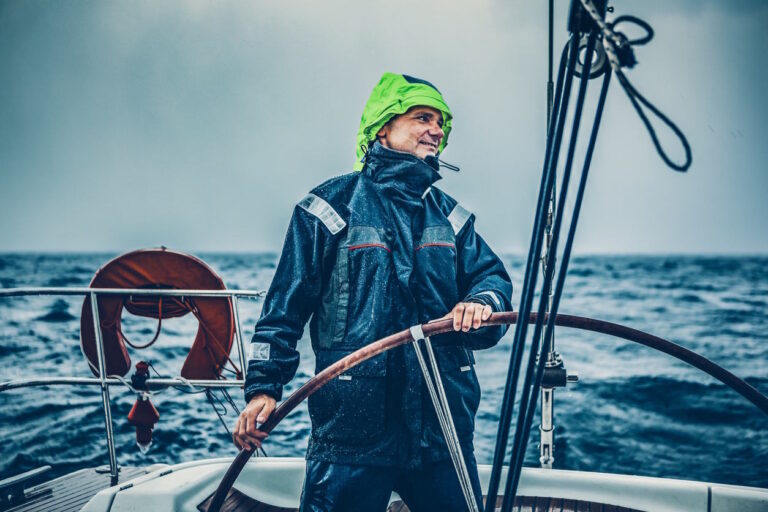
Leading in times of crisis: How healthy optimism works
Crises are as much a part of business as stormy weather at sea. But what if the storm lasts longer? 3 impulses for strong leadership in a crisis.
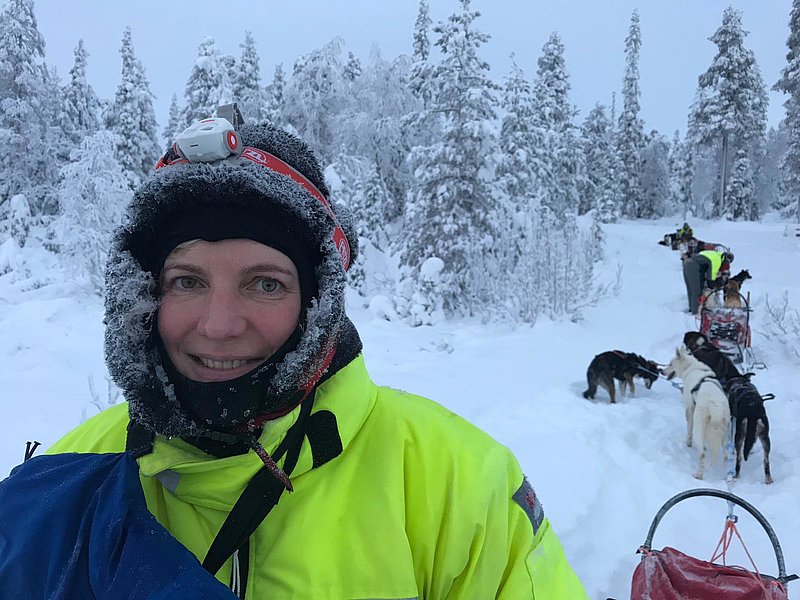
In December Silke Grosse-Hornke went on a husky tour in the Finnish wilderness. To reach your destination safely out there, you need an experienced guide who gives clear instructions. Here is Silke’s personal travel report.
Nothing but snow and fir trees, a sky in ice-cream colors, four lively dogs tirelessly pulling my heavy sled – a husky tour through Lapland is quite as romantic as you imagine it to be. But it also has its rough side: 200 kilometers north of the Arctic Circle we spend the night in huts without electricity and running water. Seven travelers share a lodge. We are busy from morning to night, dragging water from the lake into the house, chopping wood, cooking and washing up, feeding the dogs. We brush our teeth over a bucket and have to make do with an outhouse.
With our sledges we are on the move for five hours every day. At 25 degrees below zero we can’t just relax and let the dogs do the work. Our guide Martina instructs us to push along as much as possible, so that we do not undercool. Hands and feet become numb very quickly. We also have to take care of the huskies’ paws: At every short stop we remove lumps of ice and check whether the dog booties are still sitting properly.
If you’re not careful, you will end up in ice water
It’s incredible how strong and persistent the huskies are. My sled weighs around 150 kilograms – including myself – and the four dogs drag me 40 kilometers through deep snow every day. My leading dogs, Yoki and Quiet, know the trails very well. Nevertheless I have to stay concentrated the whole time. Our guide is riding ahead, giving us instructions again and again, which we have to follow immediately and pass the message on to the rider behind us. For example, if Martina sees an ice hole on the right side, she gives us the order to put our weight on the left runner. Breaking into an ice-cold pond in the middle of the wilderness would be life-threatening.
Our tour through the Finnish no man’s land was not only a romantic and exciting experience. It has also shown me: In critical situations you absolutely need strong leadership. I thought about the fact that many companies are currently steering in a different direction: teams are supposed to organize themselves, individuals assume more responsibility, and hierarchies get dissolved. This has its advantages – in the best case making groups more productive and sometimes also more innovative. But when it comes to surviving a crisis, a team needs a leading figure to motivate the members and to take concrete steps. The Lapland adventure was therefore also a symbol for me: In case of uncertainty classic leadership qualities remain very valuable.
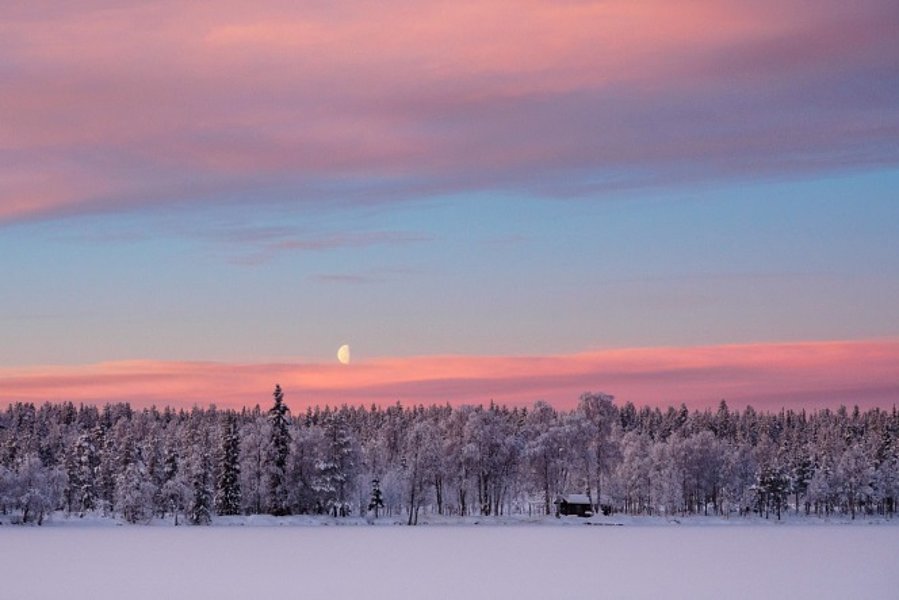
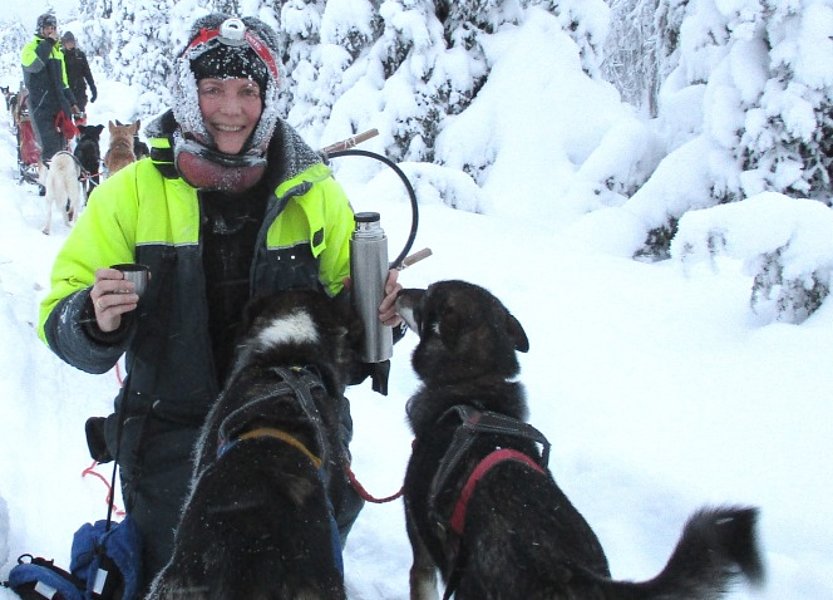
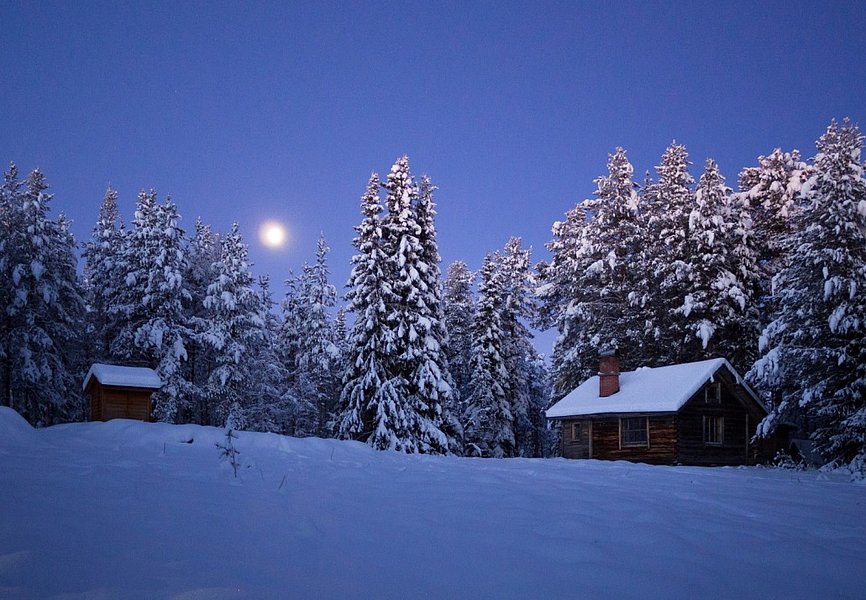
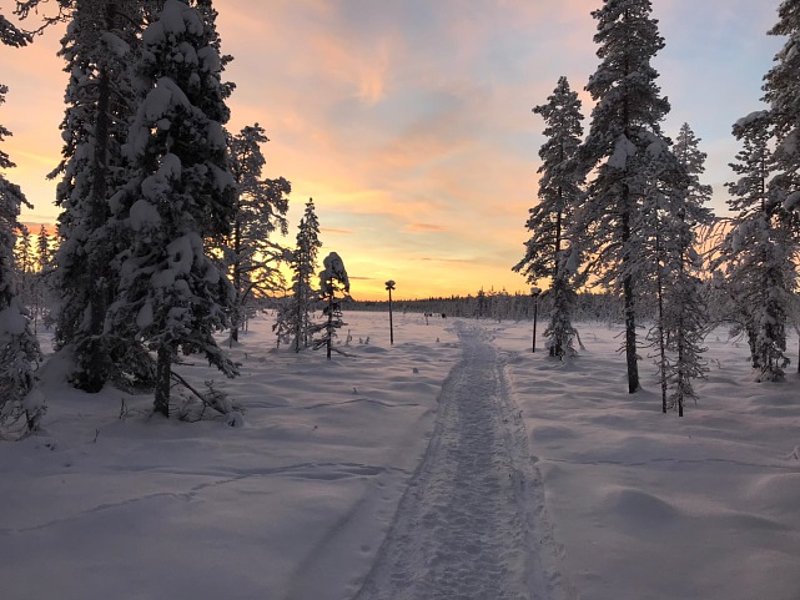

Crises are as much a part of business as stormy weather at sea. But what if the storm lasts longer? 3 impulses for strong leadership in a crisis.
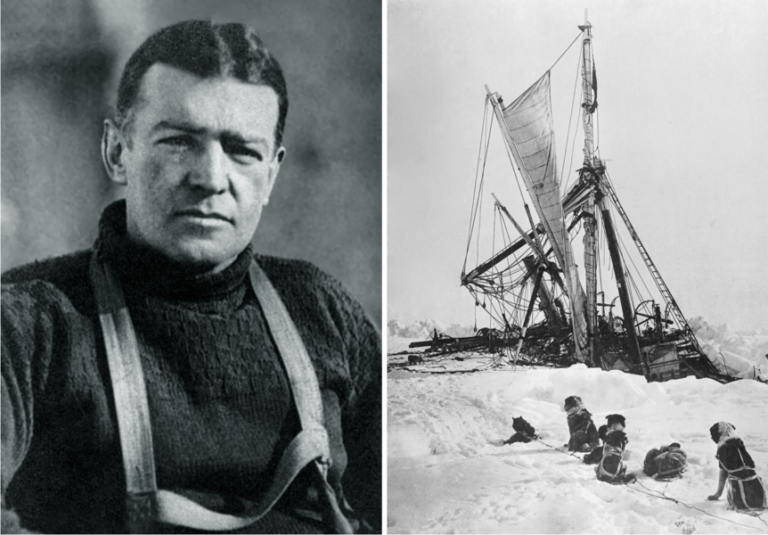
He conveyed confidence in a desperate situation: British polar explorer Ernest Shackleton and his team survived a two-year battle for survival in the Southern Ocean. What can leaders learn from him in times of crisis?
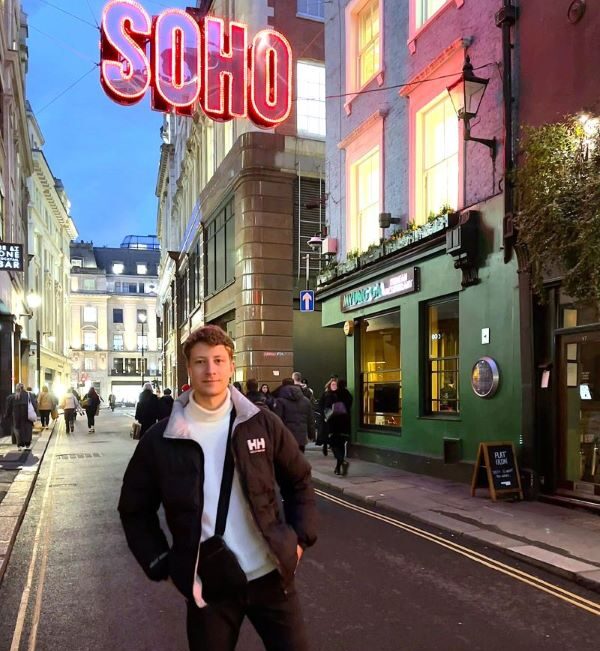
Getting an IT project across hundreds of organizational units to the finish line? Our colleague Mathis takes a sporty approach. In our interview, he tells us what excites him about project management as a consultant and why he goes to the boxing ring to compensate.
2021 Grosse-Hornke Private Consult